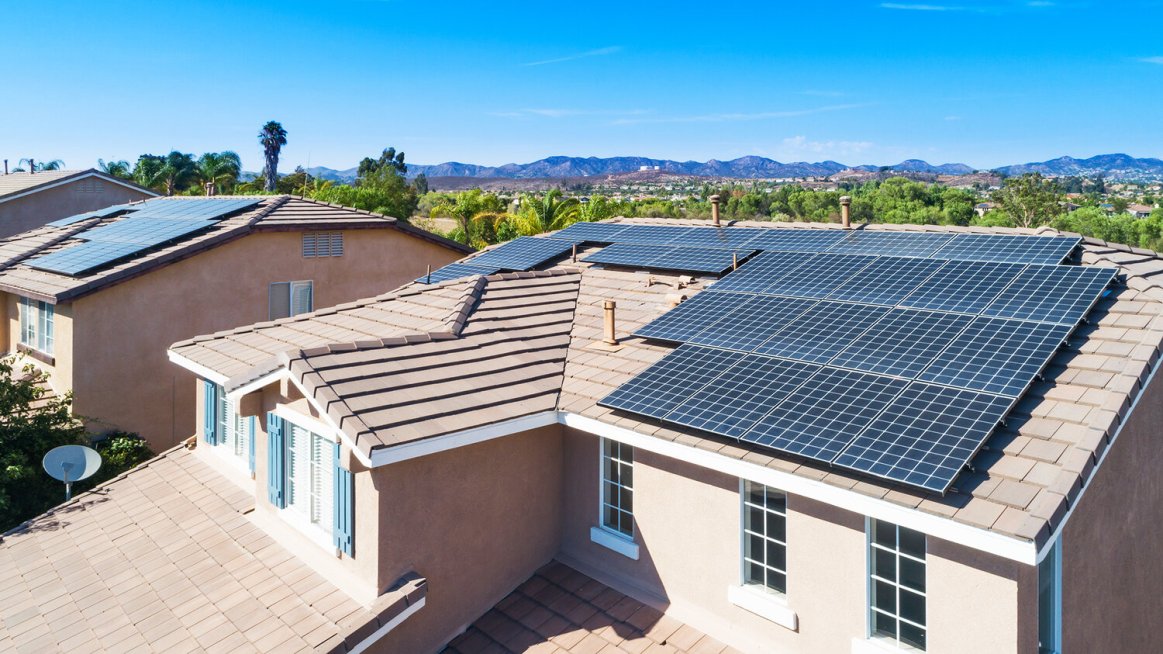
In California, a battle over the costs of rooftop solar has been brewing and for the second time in four years, the laws around net metering are being called into question. This could place the solar market in California on a rapidly different trajectory than it currently is and could lead to big changes for the largest solar market in the US. In order to get a clear understanding of what is going on in California and how it could affect all of the US, we had our own Renato Cesar discuss these issues with Carter Lavin. Renato has over 10 years of experience in the solar industry and is currently the Greentech Renewables NorCal Division Manager. Carter, a seasoned solar professional himself, is Membership Director at the California Solar + Storage Association (CALSSA). The conversation below has been edited from its original format.
What is NEM 3? And why does it matter to solar installers and homeowners?
Net Metering is the foundational rule of the California solar market. It is the idea that when you generate more solar power than you need, you send it back to the utility that credits your account at a fair rate for that energy. When you need power from the utility, you import it from them and draw from your credit with them. At the end of the year, you pay the utility what the "net" is from the crediting and withdrawing on your electric meter. That agreement has helped the California solar market, and many other solar markets flourish. The three main utilities in California are trying to radically change these rules by adding anti-solar fees and lowering the rate that they credit to solar users which would make going solar economically difficult for millions of Californians. These changes are being proposed as part of the "NEM 3" proceeding at the California Public Utilities Commission.
How can these issues in CA impact the entire country?
California is America's largest, strongest, and most politically powerful solar market. If the California utilities are able to stifle our industry and Net Metering here, other utilities in other states will copy their playbook and do the same thing elsewhere. If this goes through, a loss in California may cause a domino effect reducing incentives on a state-by-state basis.
What are the likely differences between the current NEM 2 and the “likely” NEM 3? Is there a HARD STOP DATE when NEM 2 ends?
The vote on what will be in NEM 3 will likely be sometime in January 2022 and go into effect in Q2 or Q3 of 2022. There is not a HARD STOP DATE yet. The difference between the current NEM 2 and the NEM 3 that the utilities are pushing for is nearly $1,000 in annual fees on residential solar customers, potentially tens of thousands in fees for commercial customers, and significantly lowering the value solar customers get for the power they send back to the grid. But if we push back against these proposals, mobilize solar workers, and solar allies, we can stop the worst of this.
Who is the California Public Utilities Commission (CPUC)?
A state commission whose commissioners are appointed by the Governor and are in charge of regulating the utilities in California.
What are they trying to take away from homeowners?
The utilities are trying to take away the homeowner's ability to save money by going solar.
How can we prevent this from happening? How can we help?
There are a couple of things you can do:
- 1) Sign and share the petition asking the Governor to step in and save Solar in California. The petition can be found petition here: http://savecaliforniasolar.org/
- 2) Have your solar business become a member of the California Solar & Storage Association (CALSSA) which funds our work to defend Net Metering by giving us the resources we need for market studies, regulatory experts, legal filings, PR, ads, etc. You can register to become a member at the link here: https://calssa.org/join-calssa/
How will a bad decision impact our State and the solar industry as a whole?
A bad decision can result in a drastic shrinking of the California solar market, massive job losses for the 75,000 Californians who work in solar, and solar being unfeasible for the vast majority of Californians. This decision may also serve as a path for other states across the US to follow.
Who should support CALSSA? How do I join?
Any contractor, EPC, broker, financier, or supplier that does solar work in California should become a CALSSA member. You can join here: https://calssa.org/join-calssa/
This is a massive fight and the deck is stacked against us, but if we all do our part we can win!